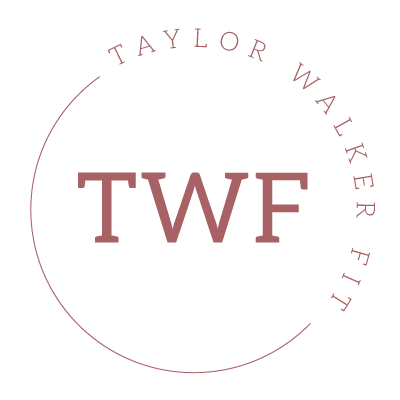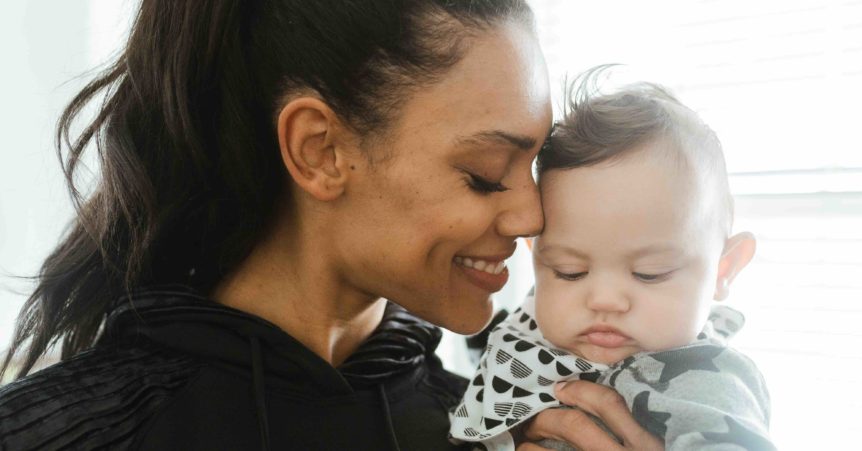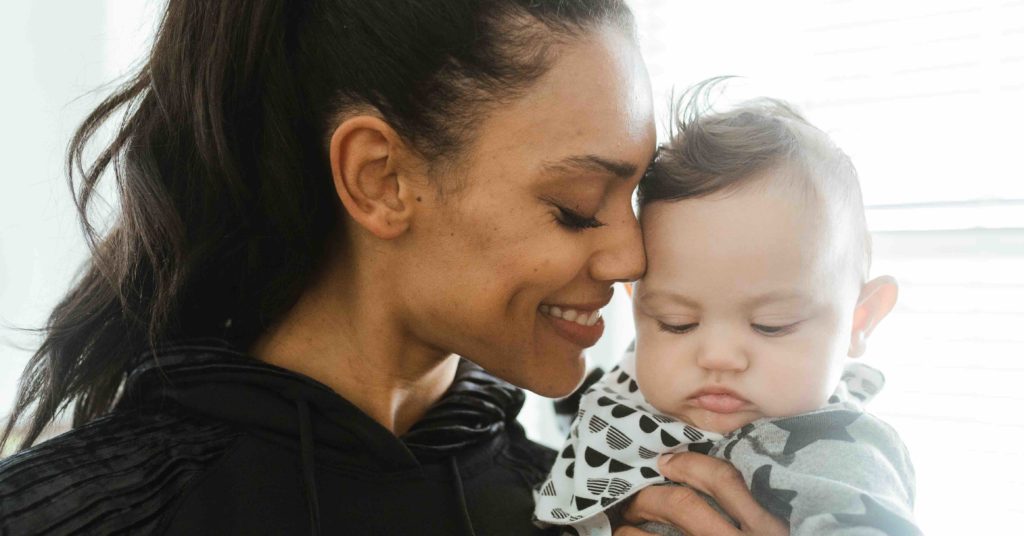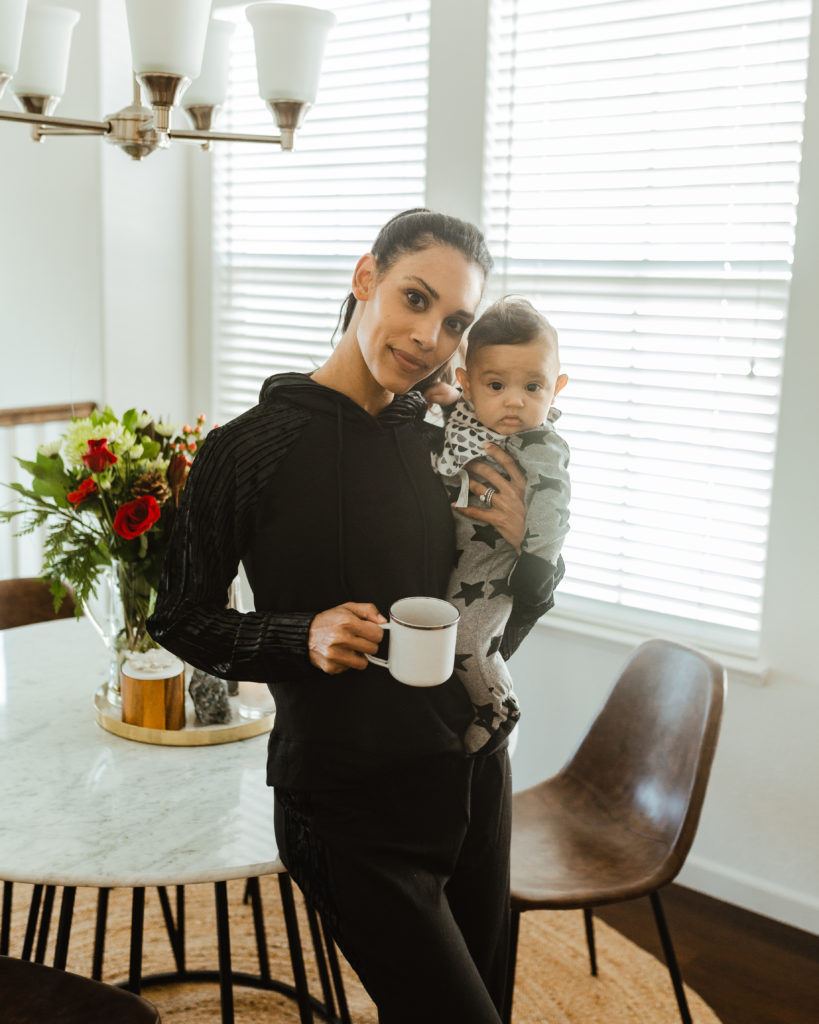I thought I was ready for a lot of things when I first had my son, but ANXIETY was not one of them. I consider my self a pretty even keeled woman, but with hormones surging, I feel as though the anxiety washed over me like a tidal wave. Everyone tells you to “sleep when the baby sleeps”, but they also do not tell you that with very sound they make your heart starts beating out of your chest and when you finally get more than a few hours of sleep, you wake up in a panic because you do not know what just happened. Eventually, for many of us, the anxiety comes and goes, but for some, it takes hold for much longer than expected.
Thankfully, once CJ got into a routine and I got back to work I started to feel my calm-strength return. Unfortunately, for months, it seemed the anxiety seemed to creep in and out without notice. Meeting deadlines and taking time for self-care was easy-peasy pre-baby, but today, it takes a village, prioritization and a lot of deep breaths. Recently, I was having a conversation about anxiety with a fellow instructor who also happens to be a third grade teacher. She said, she has seen a rise in anxiety in her students over the past few years and it seemingly starts younger and younger and younger.
Now in my thirties, this is the first time in my life where I had to battle more intense and consistent anxiety, but being an adult, I feel I have the capacity to deal with its ebbs and flows in a healthy way. BUT, what about our children? We are living in a time where our kids are thinking about college younger and younger and the reality and possibility of school-shootings are weighing heavily on their hearts. I know I have a few years before thinking about this, but with fall upon us, school, sports, tests and routine are in full swing and I wanted to share some tips from Baptist Health South Florida to help recognize and mitigate adolescent anxiety.
According to this article, adults and adolescence respond to stress differently due to the fact that children’s brains are not fully developed until they are around the age of 25. Middle and high schooler face a plethora of challenges including:
• Social Life – Will I be liked and accepted, and be able to make friends?
• Peer Pressure – Will I have to do things I’m uncomfortable with in order to fit in?
• Personal Safety – Will I be bullied or have to face an active shooter situation?
As a former high school teacher, I have seen and experienced many of these issues first hand. Rachel . F. RohaidRachel V. F. Rohaidy, M.D., a Baptist Health psychiatrist who specializes in the prevention, diagnosis and treatment of mental, addictive and emotional disorders, suggests taking notice on how your children are dealing with these stressors.
Are they acting out, withdrawing or engaging in self-destructive behaviors? Then then could be struggling with some form of anxiety.
What to look for in your child, and how you can help.
She suggests getting involved in your children’s lives as much as possible. She states: “Adolescents don’t have the emotional vocabulary to express what they’re feeling or why they’re feeling that way. As a result, you can get a lot of somatic symptoms that bubble up – headaches are common, as are gastrointestinal symptoms such as stomach cramps, nausea or diarrhea.”
Other things to look out for:
- isolating
- anger outbursts
- sadness
- crying
- sudden drop in grades.
According to this article, anxiety can be treated similar to depression. A subscription to a mild antidepressant would be recommended, but alternative treatments should be considered first.
Possible alternatives may include:
- Family diner to foster easy conversation phone free.
- Modeling healthy behaviors like exercise, hobbies or meditation.
- Find a family outdoor activity like hiking, biking or volleyball.
- Get involved as a family: volunteer at soup kitchen or shelter
Most important of all, says Dr. Rohaidy, is to take charge.
“Don’t be complacent,” she advises. “Don’t assume. Rely on your intuition. Be proactive. If you see something, bring it up. Reach out to them and have a conversation.”
Fore more resources, to help your child with anxiety: click here.





